Making Hay with the Alberene Dream Team
August is here and a new semester looms just around the corner. As the old saying goes it is best “to make hay while the sun shines” and Alberene Dream Team did just that, they baled a bunch of “research hay” during their summer field campaign in the eastern Blue Ridge Mountains. Let’s review.
The Dream Team examined nearly 500 outcrops, measured geologic structures until fingers tingled, and brought a pile of rocks to Williamsburg in order to learn their secrets. We climbed to the top of many a green mountain chasing geologic contacts, we prospected many a quarry, and we floated the James River searching for faults exposed in the river bottom.
Molly Hahn teased out the geometric distribution of fractures in the bedrock, there are two recognizable fracture sets throughout much of the study area and most developed as extension fractures under a northwest-to-southeast oriented maximum principal stress. Alex Johnson pinned the basement/cover sequence contact at a few locations, and much to my chagrin the contact geometry is not consistent with a major fault in the Alberene quadrangle.
Kevin Quinlan’s research framed the Scottsville rift basin from both a structural and sedimentological perspective, his detailed analysis of en-echelon diabase dikes in the James River suggest a component of sinistral shear affected these rocks.
Andrea Jensen and her advisor Professor Brent Owens mapped the distribution of mafic and ultramafic bodies that intrude both the basement and cover sequence. During the semester they will analyze the rock’s chemistry and model the emplacement conditions of these bodies.
Geologic field work is difficult work: the heat, the humidity, the vegetation, and insect fauna conspire to make geologic mapping in the summer as much a physical challenge as an intellectual endeavor. There is much still to learn in the field and our laboratory analyses await, but the Dream Team’s research progress has been splendid and their geologic map of the Alberene quadrangle is fetching.
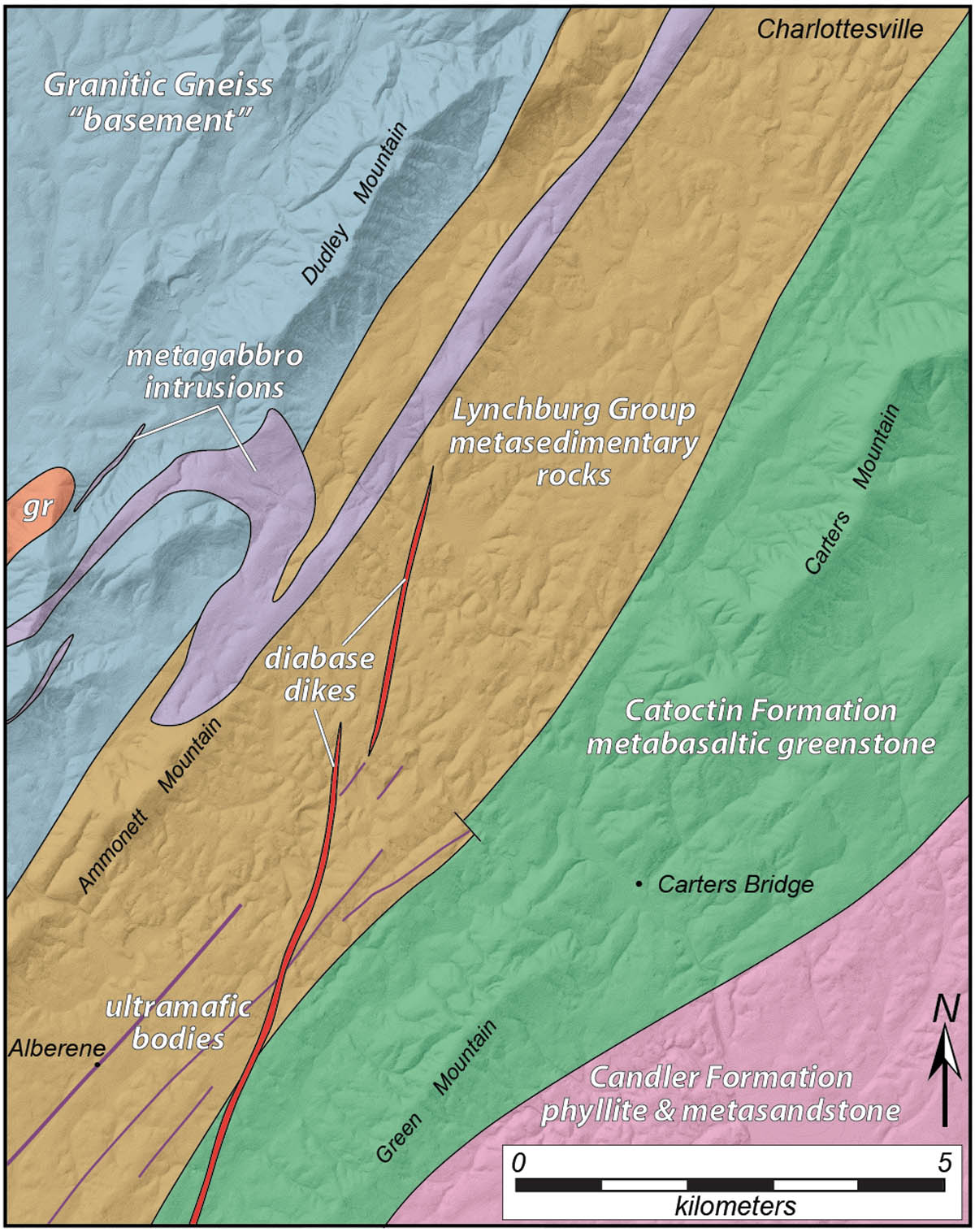
One of our major research goals was to determine whether a tectonic suture (an ancient fault zone separating rocks that originated on different tectonic plates) etches the eastern Blue Ridge foothills. The geologic map reveals a distinctive parallel pattern between the basement complex in the northwest and the units in the overlying cover sequence to the southeast (excepting, of course, the intrusive metagabbro and diabase dikes). The overall concordance of rock units and geologic structures makes it clear that no terrane-bounding fault are present here. Kudos to the Alberene Dream Team.

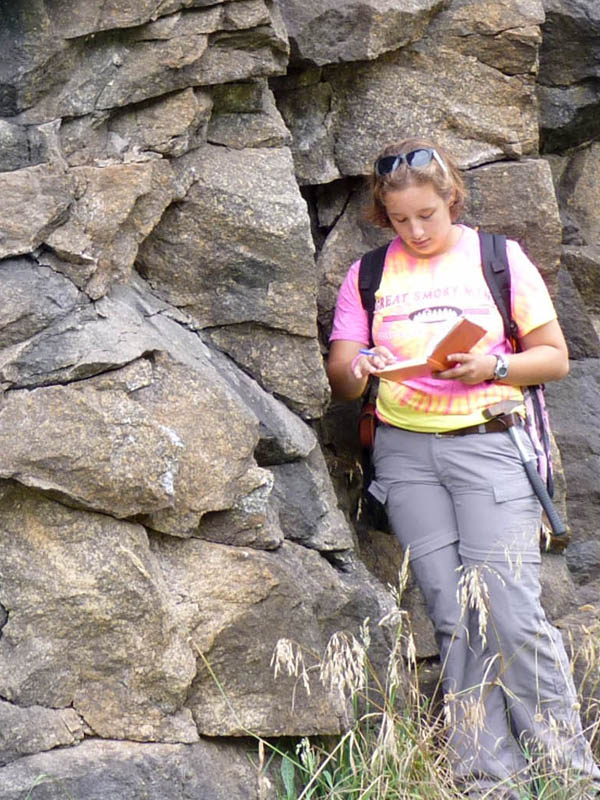
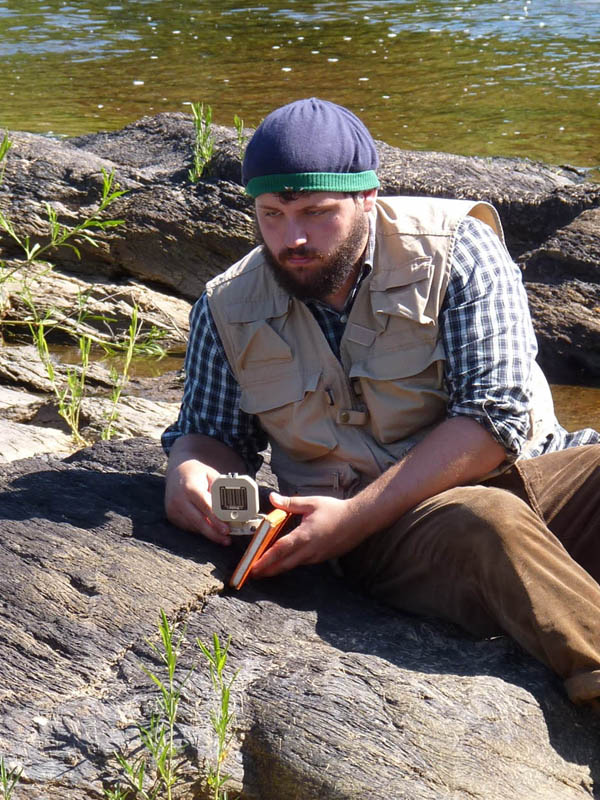
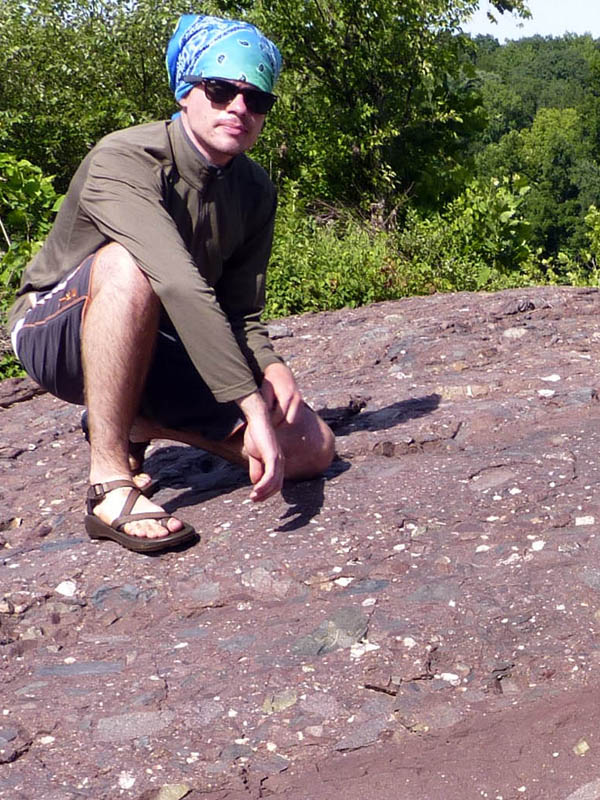
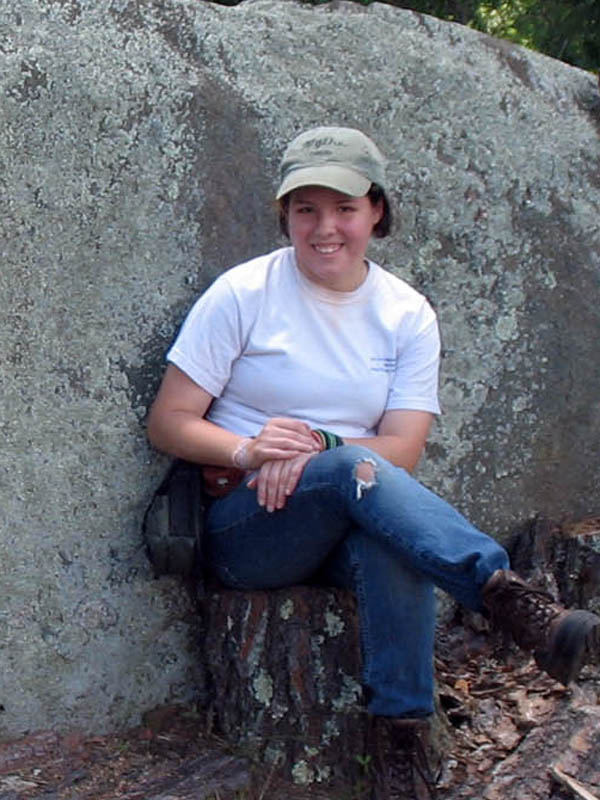
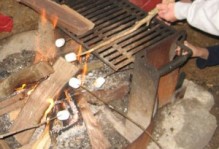

No comments.
Comments are currently closed. Comments are closed on all posts older than one year, and for those in our archive.